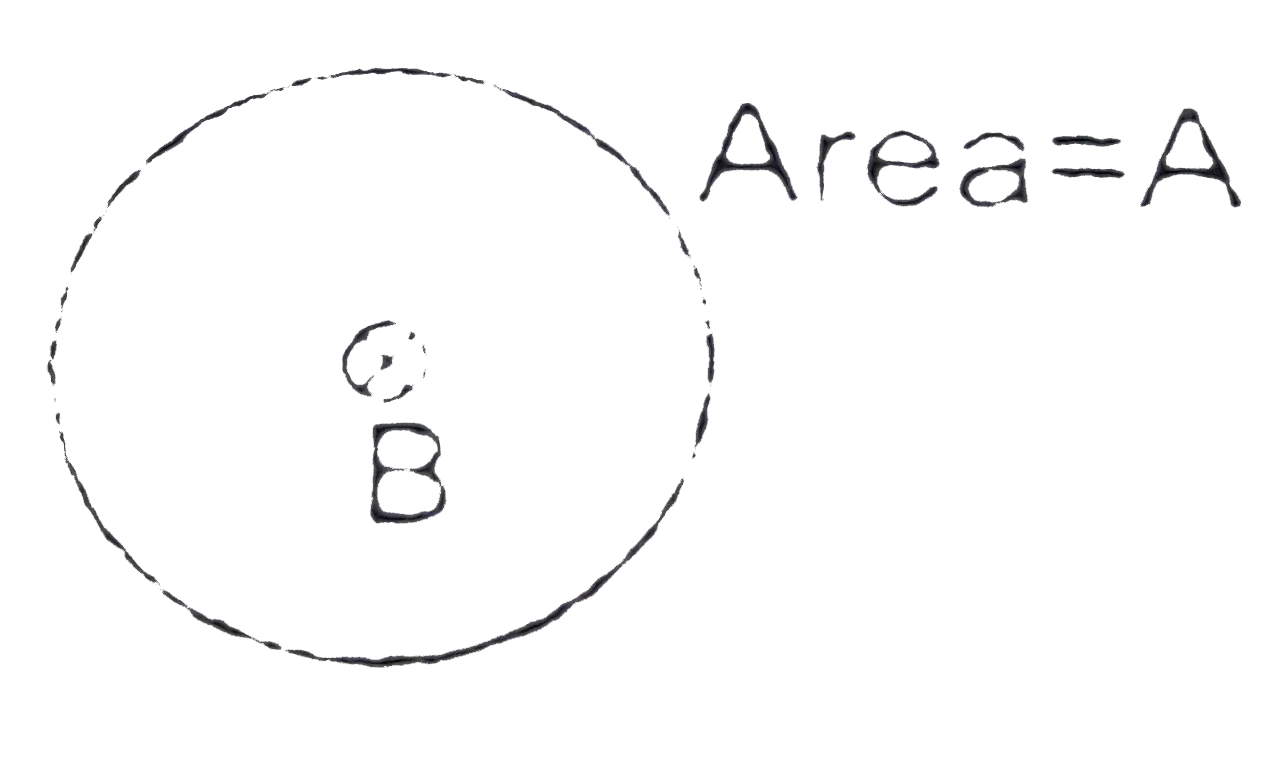You are given two coils A and B. Through each coil, the initial magnetic flux is same. In which coil, the em.f. induced will be more if the number of turns in the coil A is twice that of the coil B and the magnetic flux is reduced to zero in coil A, two times faster than in coil B?
To solve the problem, we need to use Faraday's law of electromagnetic induction, which states that the induced electromotive force (emf) in a coil is directly proportional to the rate of change of magnetic flux through the coil. The formula for the induced emf (ε) can be expressed as:
ε=−NΔΦΔt
where:
- ε is the induced emf,
- N is the number of turns in the coil,
- ΔΦ is the change in magnetic flux,
- Δt is the time taken for that change.
1. Identify the given values:
- Let the number of turns in coil B be N.
- Therefore, the number of turns in coil A is 2N (since it is twice that of coil B).
- The initial magnetic flux (Φ) is the same for both coils.
- The magnetic flux in coil A is reduced to zero two times faster than in coil B.
2. Determine the time taken for the change in magnetic flux:
- Let the time taken for coil B to reduce the magnetic flux to zero be t.
- Then, the time taken for coil A to reduce the magnetic flux to zero is t2 (since it is two times faster).
3. Calculate the change in magnetic flux (ΔΦ):
- The change in magnetic flux for both coils is the same, as they both start with the same initial flux and end at zero. Thus, ΔΦ=Φ−0=Φ.
4. Calculate the induced emf for each coil:
- For coil A:
εA=−NAΔΦΔtA=−2NΦt2=−2N2Φt=−4NΦt
- For coil B:
εB=−NBΔΦΔtB=−NΦt=−NΦt
5. Compare the induced emfs:
- From the calculations:
εA=−4NΦt
εB=−NΦt
- Clearly, εA is greater than εB because εA=4×εB.
Conclusion:
The induced emf in coil A is greater than that in coil B.
- ε is the induced emf,
- N is the number of turns in the coil,
- ΔΦ is the change in magnetic flux,
- Δt is the time taken for that change.
- Let the number of turns in coil B be N.
- Therefore, the number of turns in coil A is 2N (since it is twice that of coil B).
- The initial magnetic flux (Φ) is the same for both coils.
- The magnetic flux in coil A is reduced to zero two times faster than in coil B.
- Let the time taken for coil B to reduce the magnetic flux to zero be t.
- Then, the time taken for coil A to reduce the magnetic flux to zero is t2 (since it is two times faster).
- The change in magnetic flux for both coils is the same, as they both start with the same initial flux and end at zero. Thus, ΔΦ=Φ−0=Φ.
- For coil A:
εA=−NAΔΦΔtA=−2NΦt2=−2N2Φt=−4NΦt
- For coil B:
εB=−NBΔΦΔtB=−NΦt=−NΦt
- From the calculations:
εA=−4NΦt
εB=−NΦt
- Clearly, εA is greater than εB because εA=4×εB.
The induced emf in coil A is greater than that in coil B.
Topper's Solved these Questions
Similar Questions
The magnetic flux linked with a coil is ϕ and the emf induced in it is e.
View SolutionWhen equal current is passed through two coils equal magnetic field is produced at their centers. If the ratio of number of turns in the coils is 8:15 then the ratio of the their radii will be
View SolutionWhenever the magnet flux linked with a coil changes, then is an induced emf in the circuit. This emf lasts
View SolutionFind the emf induced in the coil shown in figure.The magnetic field is perpendicular to the plane of the coil and is constant.
 View Solution
View SolutionThe self inductance of a coil is L . Keeping the length and area same, the number of turns in the coil is increased to four times. The self inductance of the coil will now be
View SolutionThe magnetic flux linked with a coil (in Wb) is given by the equation ϕ=5t2+3t+16 . The magnetic of induced emf in the coil at fourth second will be
View SolutionMagnetic flux of 5 microweber is linked with a coil, when a current of 1mA flows through it. What is the self-inductance of the coil?
View SolutionA moving coil galvanometer has N numbr of turns in a coil of effective area A, it carries a current I. The magnetic field B is radial. The torque acting on the coil is
View SolutionA coil is rotated in a uniform magnetic field about an axis perpendicular to the field. The emf induced in the coil would be maximum when the plane of coil is :
View SolutionThe magnetic flux linked with a coil (in Wb) is given by the equation ϕ=5t2+3t+16 . The magnetic of induced emf in the coil at fourth second will be
View Solution

